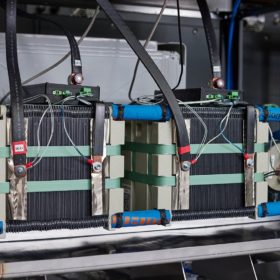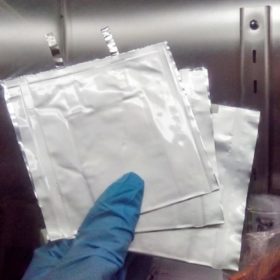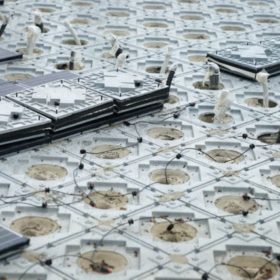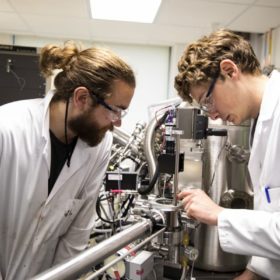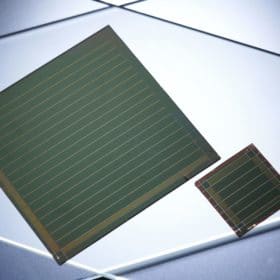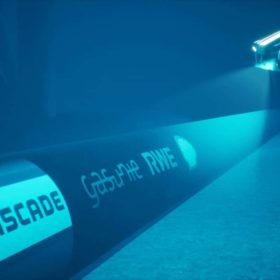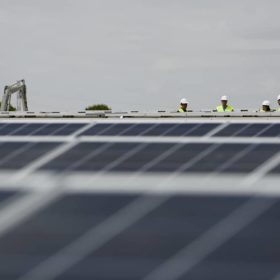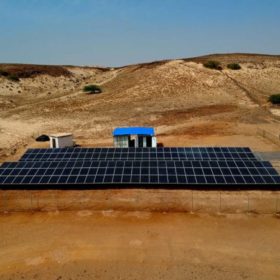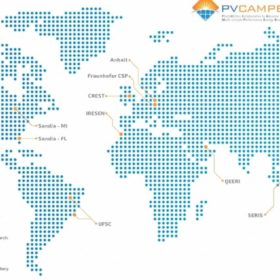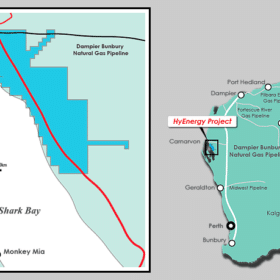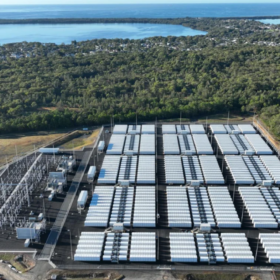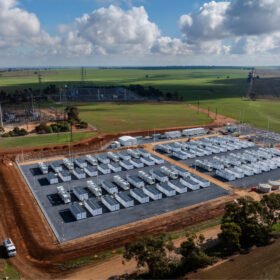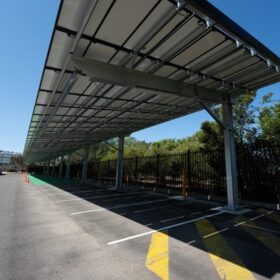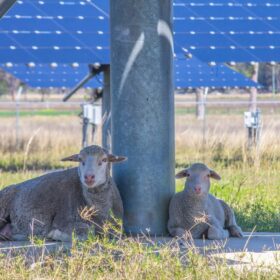New stack design for cheaper redox flow batteries
German scientists have proposed a new design for stacks used in redox flow batteries. Through a powder-to-roll process, a device that weighs 80% less than a conventional stack was fabricated.
Researchers discover new method to make old lithium batteries new
Scientists investigating the aging mechanisms affecting today’s lithium-ion batteries observed that the loss of lithium over time is one of the main causes of performance loss. With this in mind, they developed and tested a “relithiation” process that promises to eliminate much of the cost and complexity from recycling battery components and materials.
Solar pavement for historic square in Barcelona
The municipal government of Barcelona is supporting the development of a 50-square-meter pilot project to test the feasibility of PV-paving tech.
Cracking the case for solid state batteries
Scientists in the UK used the latest imaging techniques to visualize and understand the process of dendrite formation and electrolyte cracking in an all solid-state battery. With new insight into the mechanisms by which these cracks form and ultimately lead to battery failure, the results could help direct the focus of future research into solid-state battery technology.
German researchers overcome main challenge for perovskite PV modules
Researchers in Germany claim to have overcome the primary hurdle in the development of large-area perovskite PV modules – scaling up from the cell to the module level. They achieved an efficiency of up to 16.6% on a module surface of more than 50 centimetres squared, and 18% on a module with an area of 4 centimetres squared.
Europe moves on green hydrogen, developing offshore pipeline as Germany adds electrolysis capacity
Germany’s first offshore hydrogen pipeline is being planned by multiple partnering companies and is expected to be commissioned in 2035. Meanwhile, Siemens is planning hydrogen projects in a 5 MW to 50 MW range for industrial applications and a consortium of conglomerates is maintaining pressure on EU to develop green hydrogen.
Europe’s largest PV plant takes shape
The project, called the Trillo photovoltaic complex, is located in Spain and will have an installed capacity of 626 MW. Construction is scheduled to begin on May 7.
PV-powered desalination system for water-poor, sun-rich rural areas
Italian start-up Genius Watter has developed a solar desalination solution that is claimed to be particularly suitable for remote areas with no connection to grid electricity. The system is able to produce up to 1,000 cubic meters of potable water per day at an opex of €0.20 per cubic meter.
Global database for PV system performance
The database brings together photovoltaic performance data and meteorological values from PV systems located in all climate zones. It is being built by an international consortium including the Fraunhofer Centre for Silicon Photovoltaics CSP, and the Anhalt University of Applied Sciences.
WA green hydrogen project grows from 1 GW to 8 GW, following commitment from French powerhouse
Province Resources has signed a Memorandum of Understanding with French giant Total Eren, which could see the two companies have equal shares in Province’s HyEnergy Zero Carbon Hydrogen project proposed in northwest Western Australia. Importantly, the ambition of the project seems to have grown significantly with the commitment of heavy hitter, Total Eren, with Province now saying it plans to install 8 GW of renewable energy capacity, far more than the 1 GW which caused a stir when it was announced earlier this year.
